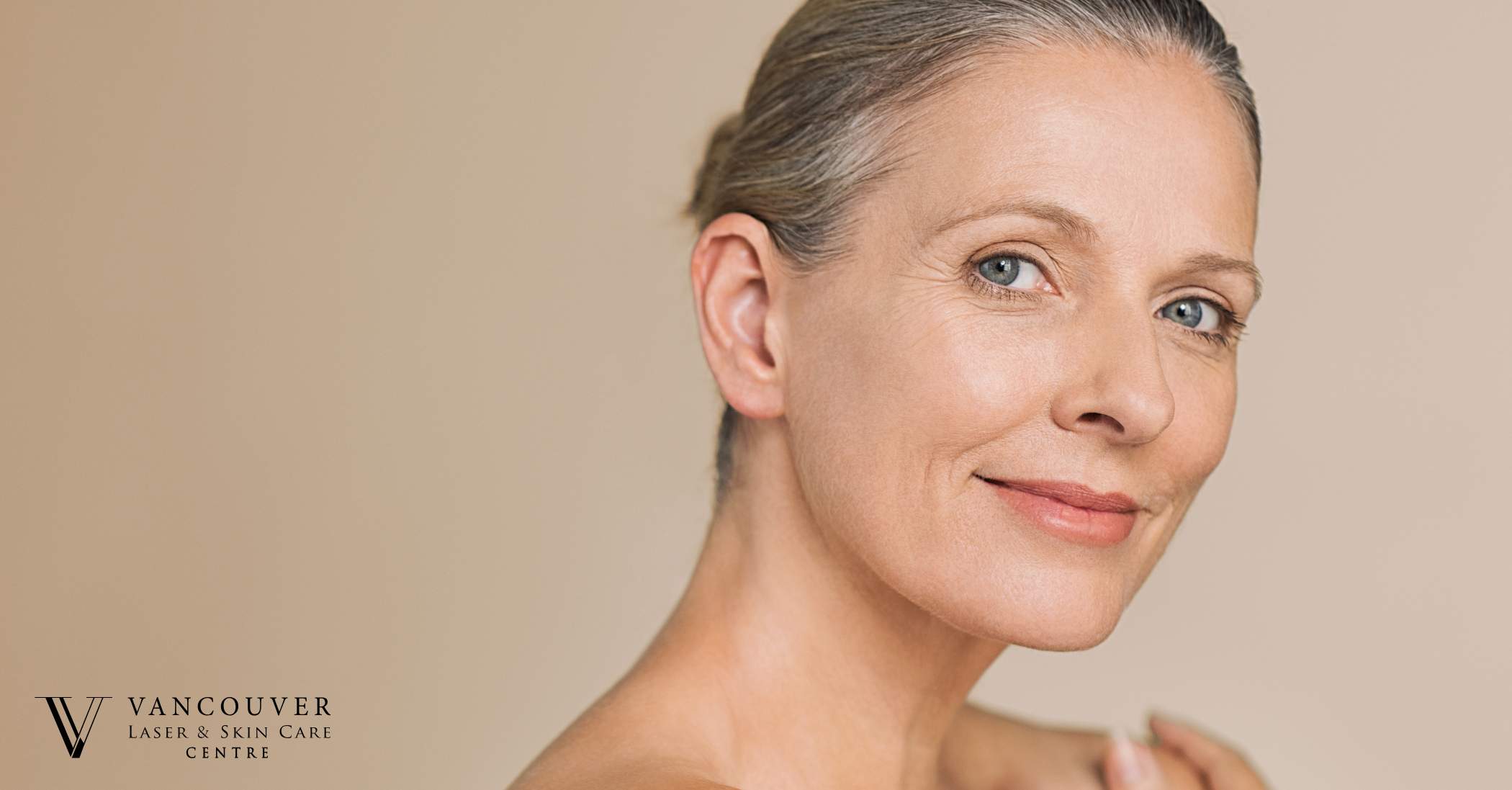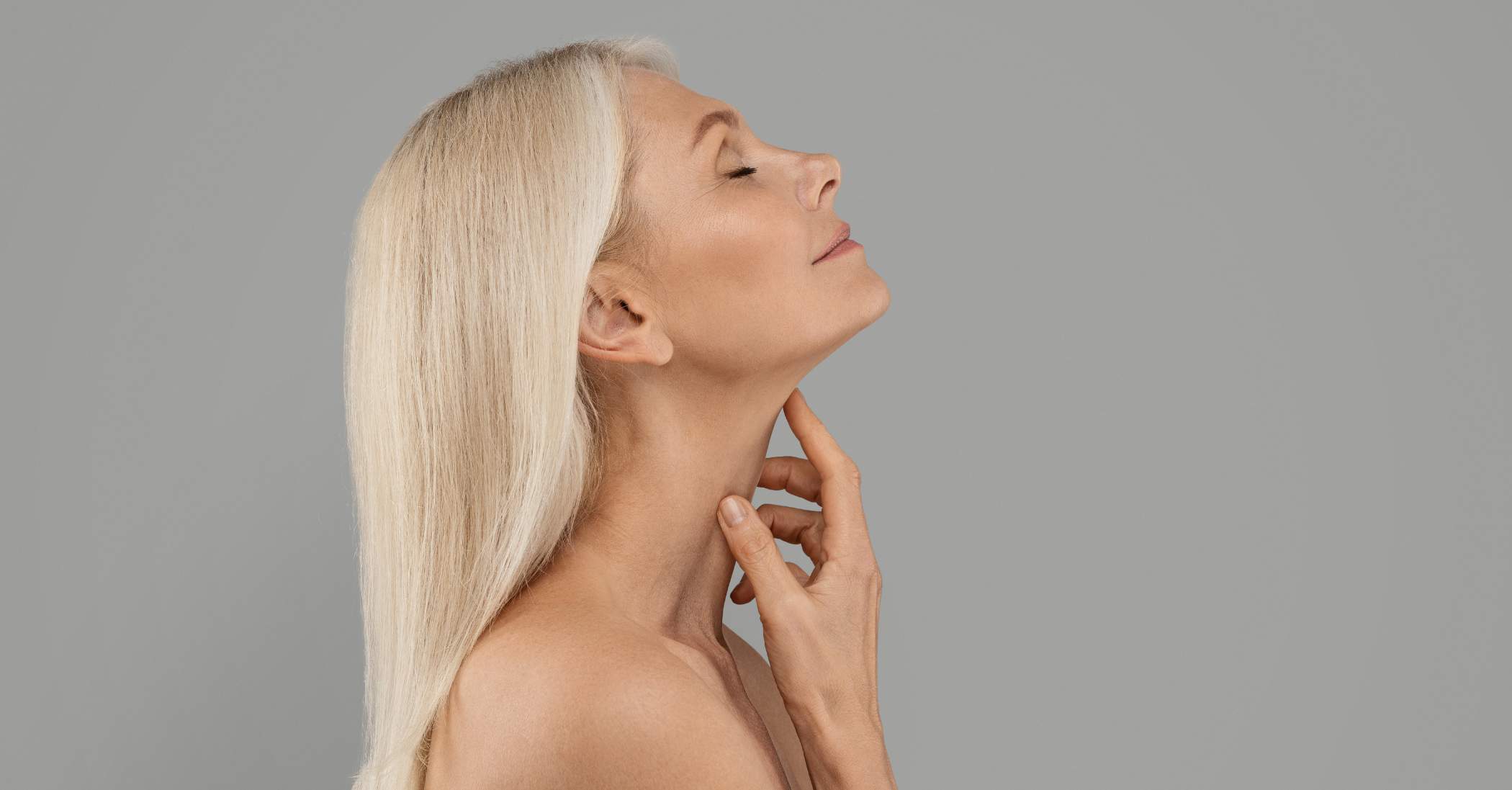Achieving smooth, radiant skin often starts with choosing the right exfoliation method, but with so many options, it can be overwhelming to know where to begin. Among the standout treatments are dermabrasion and microdermabrasion. While these terms may sound similar, the treatments differ significantly in approach, depth, and results.
Dermabrasion, a more intensive option, is typically reserved for treating deep scars and uneven skin texture. In contrast, microdermabrasion offers a gentle, noninvasive way to refresh dull skin and address minor imperfections. In this blog, we’ll explore the key differences between dermabrasion and microdermabrasion to help you determine which treatment best aligns with your skin goals and lifestyle.
What is dermabrasion?
Dermabrasion is an intensive skin resurfacing treatment designed for addressing serious skin issues like deep scars, pronounced wrinkles, and uneven texture. Originally developed to help remove scars, dermabrasion involves using a rotating device to “sand down” multiple layers of skin. Over time, the skin heals and regenerates, creating a smoother, more even surface.
How It Works
During dermabrasion, a trained dermatologist or plastic surgeon uses a high-speed rotary instrument with an abrasive brush or wheel. This tool removes the upper skin layers, reaching the dermis (middle layer). This deeper treatment makes dermabrasion effective for concerns such as:
- Deep acne scars
- Pronounced wrinkles
- Surgical scars
- Sun damage
Local anesthesia is typically applied to minimize discomfort, and a sedative may be used in some cases. Given its invasiveness, dermabrasion requires a lengthy recovery period, with noticeable redness and swelling that can last days or even weeks as the skin heals.
Pros & Cons of Dermabrasion
Pros:
- Effective for deep scars and severe sun damage
- Significantly improves skin texture and tone
- Offers long-lasting results after full healing
Cons:
- Longer recovery time compared to less invasive treatments
- Possible side effects like redness, swelling, and temporary discoloration
- Not suitable for all skin types, especially darker skin tones due to pigmentation risks

What is microdermabrasion?
Microdermabrasion is a gentle exfoliating treatment that doesn’t invasively affect the skin. Known as a “lunchtime facial,” it typically takes less than an hour to complete and requires little to no downtime. This treatment is ideal for those looking to enhance skin brightness, smoothness, and address minor blemishes without a more intensive procedure.
How It Works
During microdermabrasion, a professional uses a handheld device that either sprays fine crystals or has a diamond tip to exfoliate the skin’s surface. As it removes dead skin cells, a built-in vacuum gently suctions away the old cells. This treatment can address issues such as:
- Fine lines and mild wrinkles
- Light acne scars
- Uneven skin tone
- Clogged pores and general dullness
Since microdermabrasion only targets the skin’s outermost layer, no anesthetic is necessary, and most individuals can return to their regular activities immediately after treatment.
Pros & Cons of Microdermabrasion
Pros:
- Quick treatment with no recovery time needed
- Safe for all skin types and tones
- Enhances skin radiance and texture with regular sessions
Cons:
- Less effective for deep scars or severe skin issues
- Results are generally subtle and short-term compared to dermabrasion
- Requires multiple sessions to address more noticeable concerns effectively
Key Differences Between Dermabrasion and Microdermabrasion
When deciding between dermabrasion and microdermabrasion, each treatment varies in technique, intensity, and recovery time. Here’s a closer look at the main differences:
Technique and Depth of Treatment
Dermabrasion is a surgical procedure that removes layers beyond the skin’s surface to promote deeper regeneration. It’s a more intensive approach for serious concerns, like deep scars, pronounced wrinkles, and significant sun damage.
Microdermabrasion is a non-surgical exfoliation technique that gently removes only the outermost layer of skin (stratum corneum). It’s ideal for routine maintenance, addressing superficial issues like fine lines, dullness, and minor acne scars.
Targeted Skin Concerns
Dermabrasion is best for addressing severe skin issues, such as pitted acne scars, surgical scars, and deep wrinkles. It’s suitable for those seeking a significant improvement in texture and tone and who can tolerate a more aggressive approach.
Microdermabrasion works well for milder concerns like fine lines, uneven tone, enlarged pores, and general dullness. It’s ideal for those wanting a quick skin boost, especially first-timers, as there’s no downtime and an immediate glow.
Recovery Time
Dermabrasion requires a longer healing period due to the deeper layers treated. Patients may experience redness, swelling, and scabbing for days to weeks, with full recovery taking up to a few months. A strict skincare routine and sun protection are essential during this time.
Microdermabrasion has virtually no downtime. Mild redness may occur immediately after treatment, but it fades within a few hours, allowing patients to resume daily activities right away.
Suitability for Skin Types
Dermabrasion is generally recommended for lighter skin types, as it carries a risk of pigmentation changes in darker skin tones. It’s not suitable for those with active acne or very sensitive skin.
Microdermabrasion is safe for all skin types and tones, with intensity adjustable to accommodate sensitive or more resilient skin.

Who is a candidate for dermabrasion and microdermabrasion?
Choosing the right treatment depends largely on your skin type and specific concerns. Here’s a breakdown of who may benefit most from each option:
Dermabrasion:
- Ideal Candidates: Dermabrasion is best suited for individuals with fair skin who are looking to treat conditions like acne scars, fine lines, wrinkles, and sun damage.
- Less Ideal Candidates: Those with darker skin tones may be at risk for post-inflammatory hyperpigmentation. Additionally, individuals with active acne or recent skin trauma should avoid dermabrasion.
Microdermabrasion:
- Ideal Candidates: Microdermabrasion is generally safe for most skin types, including sensitive skin, and can address minor skin concerns.
- Less Ideal Candidates: Individuals with severe acne, open wounds, or active skin infections should avoid microdermabrasion.
Ready to Transform Your Skin? Book a Consultation Today!
At Vancouver Laser, our skincare experts are here to help you reach your unique skin goals with customized treatments. Whether you want a quick radiance boost with microdermabrasion or a deeper solution, our team will assess your needs and recommend the ideal approach. Using the latest technology and personalized techniques, we ensure safe, effective treatments tailored to your skin type.
FAQs
1. Which is better for cleansing: dermabrasion or microdermabrasion?
Microdermabrasion is best for thorough surface cleaning, unclogging pores, and maintaining skin brightness with minimal downtime. Dermabrasion is more intensive, targeting deep scars and wrinkles.
2. Is dermabrasion better than microdermabrasion?
It depends. Dermabrasion is better for deep scars and wrinkles but requires more recovery time. Microdermabrasion is gentler and ideal for regular exfoliation and refreshing dull skin.
3. Is microdermabrasion or dermabrasion painful?
Microdermabrasion is generally less painful than dermabrasion, as it’s less invasive. Pain levels vary by individual tolerance and treatment depth.
4. Can I combine dermabrasion or microdermabrasion with other treatments?
Yes, many people combine these treatments with facials, chemical peels, or laser therapy for enhanced results. However, it’s best to consult with a professional to determine the safest combination for your skin.
5. How often should I get microdermabrasion or dermabrasion?
Microdermabrasion can be done every few weeks as part of a regular skincare routine, while dermabrasion is generally a one-time or occasional treatment due to its intensity.



